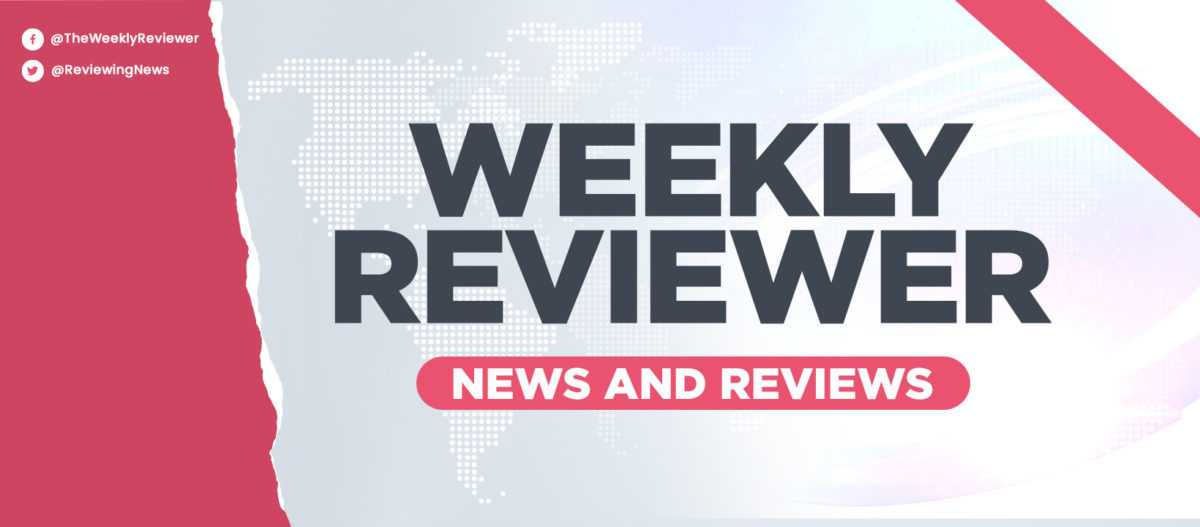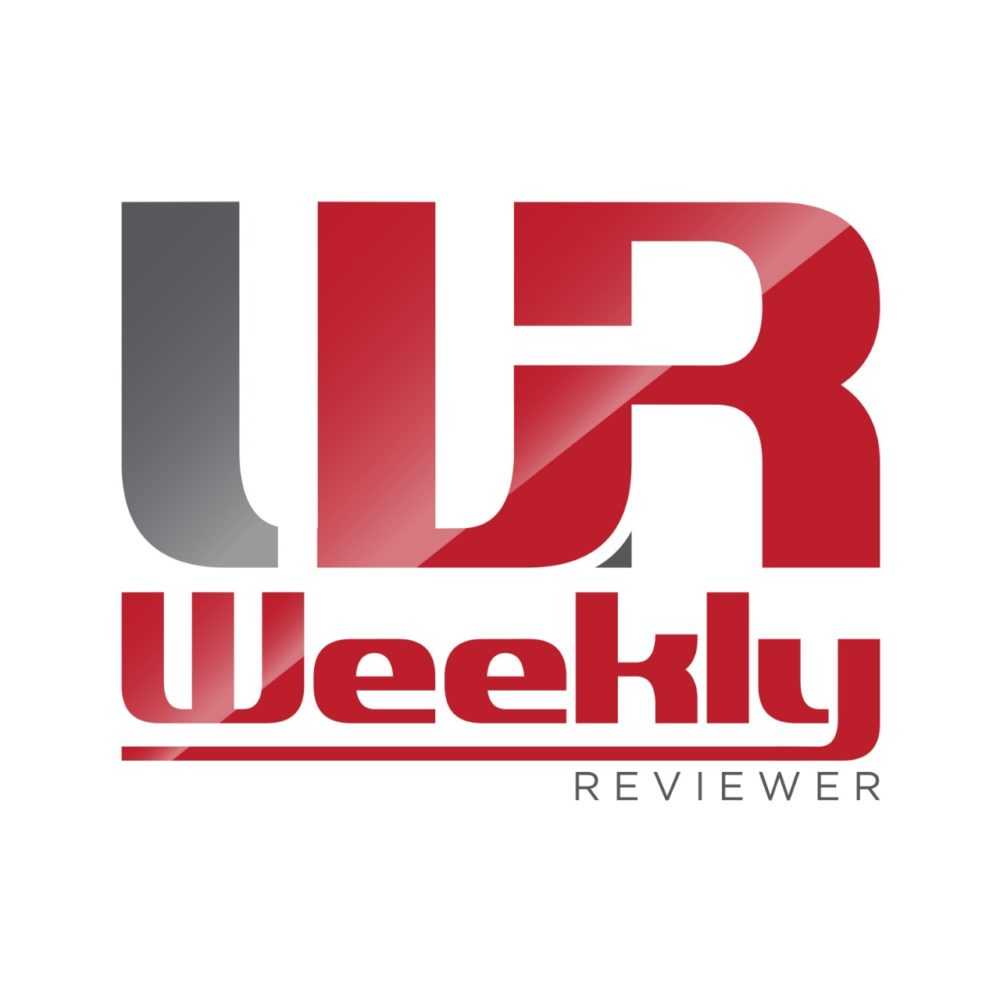Canadians in additional three provinces will receive quarterly Climate Action Incentive payments
OTTAWA, ON, Nov. 22, 2022 /CNW/ –
A Fair and Affordable Pollution Pricing System:
Putting a price on pollution remains the most effective way to fight climate change while making life more affordable for Canadians. Not only does pollution pricing ensure it is no longer free to pollute anywhere in Canada, for 8 out of 10 Canadians who receive Climate Action Incentive (CAI) payments, the federal pollution pricing system actually puts more money back into their pockets.
The Government of Canada has outlined a system where, over time, it becomes increasingly expensive to pollute. Today, the Honourable Steven Guilbeault, Minister of Environment and Climate Change, announced Canada’s strengthened price on pollution that will apply April 1, 2023, and beyond. The federal government also announced today the Climate Action Incentive amounts for the coming year in provinces with the federal approach, which is how the Government of Canada returns the proceeds of pollution pricing directly to households.
Canada’s approach to pricing pollution is working. Next year, families who already receive the Climate Action Incentive will see their rebate amounts increase and families in more provinces – Newfoundland and Labrador, Nova Scotia, and Prince Edward Island – will begin receiving CAI payments. At the same time, industries are encouraged to become more efficient and use cleaner technologies. It is spurring new and innovative approaches to reduce GHG emissions and use energy more efficiently.
Pollution Pricing in Canada Going Forward:
- The federal fuel charge will continue to apply in Alberta, Saskatchewan, Manitoba, Nunavut, Ontario, and Yukon.
- The federal fuel charge will expand to Newfoundland and Labrador, Nova Scotia, and Prince Edward Island beginning July 1, 2023, when Canadians in these provinces will receive their first quarterly Climate Action Incentive payment.
- British Columbia, New Brunswick, Northwest Territories, and Quebec will continue to implement their own pollution pricing systems.
In 2023, that will mean direct, quarterly CAI payments for a family of four will increase to: $386 in Alberta; $264 in Manitoba; $244 in Ontario; and $340 in Saskatchewan. For new recipients of CAI payments, quarterly rebates for a family of four will start at: $328 in Newfoundland and Labrador; $248 in Nova Scotia; and $240 in Prince Edward Island.
Residents in small and rural communities who receive federal CAI payments also receive a 10 per cent supplement on their payments, to reflect limited access to clean transportation options. The amount for Prince Edward Island includes the 10 per cent rural supplement as all residents are eligible.
For pollution pricing of large industry:
- The federal Output-Based Pricing System (OBPS) will continue to apply in Manitoba, Prince Edward Island, Yukon, and Nunavut.
- The federal OBPS will no longer apply in Saskatchewan as the province transitions to apply its own system to cover all required sectors. Canada will work closely with Saskatchewan to ensure a smooth transition for affected facilities.
- Alberta, British Columbia, New Brunswick, Newfoundland and Labrador, Northwest Territories, Nova Scotia, Ontario, Quebec, and Saskatchewan will continue to implement their own pollution pricing systems for industrial emissions.
Making Home Heating More Affordable for Canadians:
Although the updated pollution pricing system does not come into force until this spring, to help Canadians with the cost of heating their homes, Environment and Climate Change Canada committed $250 million in September 2022 to the Low Carbon Economy Fund to help Canadians get off expensive home heating oil. This week, the Government of Canada announced a new $250 million investment for the Oil to Heat Pump Affordability (OHPA) Grant, a new stream to top-up the existing Canada Greener Homes Initiative (CGHI) provided through Natural Resources Canada. This funding will help tens of thousands of households move to affordable, reliable, and clean electric heat pumps instead of expensive, carbon-intensive home heating oil that is vulnerable to global price shocks.
Quotes
“What is important about the price on pollution in Canada is that all the revenue is returned to Canadians. Eight out of 10 Canadian households who receive Climate Action Incentive payments get more money back in their bank accounts than the price on pollution costs them. And these regular payments particularly benefit lower-income households.”
– The Honourable Chrystia Freeland, Deputy Prime Minister and Minister of Finance
“Pollution pricing works – it fights climate change, it puts money back in the pockets of Canadians, and it helps grow a strong, sustainable economy. Today, I announced how we’re strengthening this system. I am particularly gratified to have so many provinces raise the bar on their industrial sector to meet Canada’s strengthened pollution pricing approach. We’re all sending a strong message that industry can have confidence and predictability to invest heavily in a low-carbon future. And starting this spring, more Canadians will see more money in their pockets thanks to the Climate Action Incentive rebate cheques that return the proceeds of pollution pricing directly to families. We’re fighting climate change, making sure it is not free to pollute anywhere in this country, and supporting families.”
– The Honourable Steven Guilbeault, Minister of Environment and Climate Change
Quick Facts
- Canada’s approach to pollution pricing gives provinces and territories the flexibility to implement their own pricing systems that work best for them, while providing industry with the predictability and certainty to invest in cleaner technologies. All systems must meet common standards to ensure a level playing field in encouraging GHG emissions reductions and innovation. In August 2021, the Government of Canada updated these standards for the period from 2023 to 2030 — establishing a stronger benchmark for pollution pricing systems that is consistent with the country’s climate ambition.
- Provinces and territories had until September 2022 to request the federal carbon pollution pricing system, or put forward proposals demonstrating how they plan to strengthen their own systems from 2023 to 2030 to meet these standards. The changes announced today are the result of extensive engagement and dialogue with the provinces and territories.
- In the provinces where the federal fuel charge applies, 90 percent of pollution pricing proceeds (net of the Farmers Tax Credit) are returned directly to households through federal CAI payments. The remaining 10 percent of fuel charge proceeds are used to support small businesses and Indigenous groups. Farmers in provinces where the fuel charge is in place can apply to receive a refundable tax credit, related specifically to the use of natural gas and propane, to help offset the cost of pollution pricing. Greenhouse operators receive a rebate worth 80% of the costs they pay.
Related products
- The federal carbon pollution pricing benchmark
- Climate Action Incentive payment amounts for 2023-24
- Government returning over $2.5 billion in fuel charge proceeds to small and medium-sized businesses
Associated links
- The federal carbon pollution pricing benchmark
- Pan-Canadian Approach to Pricing Carbon Pollution
- How carbon pricing works
- Climate action incentive payment
- 2030 Emissions Reduction Plan: Clean Air, Strong Economy
Environment and Climate Change Canada’s Twitter page
Environment and Climate Change Canada’s Facebook page
SOURCE Environment and Climate Change Canada


